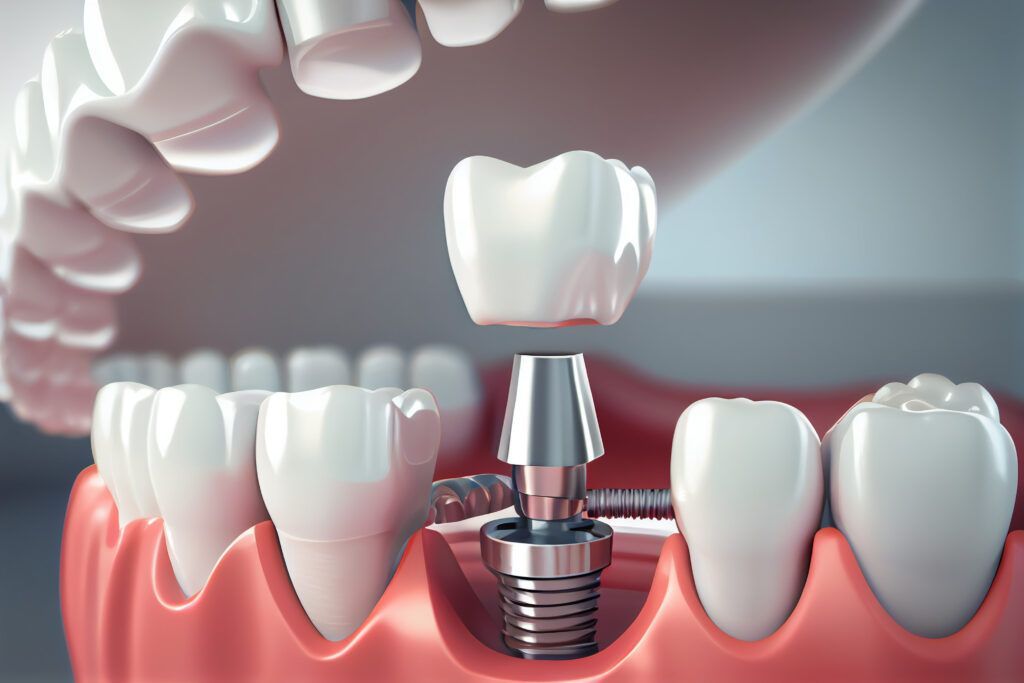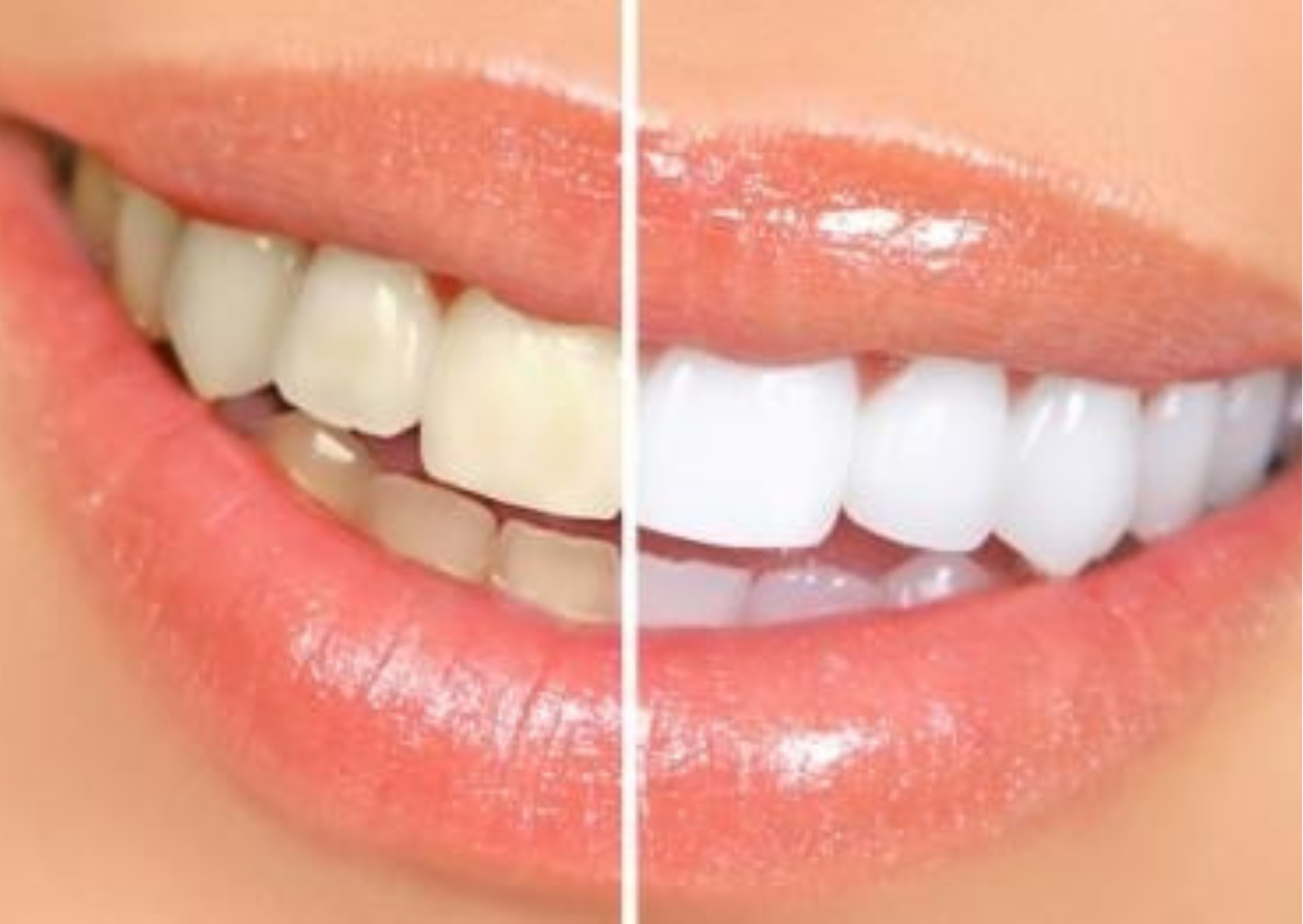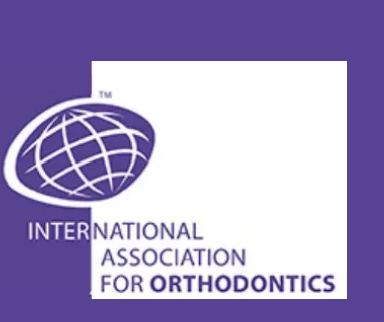PERIODONTICS
What are Periodontal Diseases?
Periodontal (gum) disease is a broad term for a group of different diseases, all of which have the same outcome: loss of attachment of the gum, connecting tissues and bone to the teeth.
GINGIVITIS, PERIODONTITIS, RECESSION GINGIVITIS
Gingivitis is inflammation of the gums, usually caused by a
reaction to the bacterial biofilm, sometimes referred to as plaque that grows around the teeth. Red, puffy, swollen, bleeding gums are signs of gingivitis. Simple visual examination can reveal the signs of gingivitis. Rubbing on the gums may also elicit bleeding.
PERIODONTITIS
When inflammation moves deeper, causing loss of tooth supporting bone, the disease is called periodontitis. While it is possible to have gingivitis that does not progress to periodontitis, it is very rare for periodontitis not to be preceded by gingivitis. Early periodontitis can have no symptoms. Eventually bad breath, increasing space between the teeth, tooth mobility or deep aching pain around the teeth may be experienced. In advanced cases, abscess can form between the roots and gums or bone support. Periodontitis causes loss of tooth supporting bone. Without treatment, teeth may become unbearably painful, uncomfortably loose, or abscessed.
RECESSION
Recession is a condition characterized by movement of the gumline away from the tooth crown. Exposed roots, roots that are sensitive to temperature, sweets or touch, increased build up of debris or calculus on the roots, or root decay all are symptoms of recession. The resulting root exposure increases susceptibility to decay and periodontal disease. It also causes loss of bone support. Bite problems can cause loss of bone support and, if periodontitis is present, they can speed it up. Usually, selective tooth reshaping is performed. Sometimes, full coverage restoration is used to develop proper tooth relationships.
FREQUENTLY ASKED QUESTIONS
WHEN DO I NEED TO SEE A PERIODONTIST?
You should immediately see a periodontist when you notice that there have been changes or issues with your gum and you feel your teeth are loose and moving and there's bleeding from the gum area.
HOW IS GINGIVITIS TREATED?
Gingivitis is largely reversible with removal of tooth deposits and institution of good oral hygiene.
HOW IS PERIODONTITIS TREATED?
Individual treatment depends to a great extent on the particular features of each case. It generally can involve home care instruction, cleaning and smoothing of root surfaces, and a minor office surgical procedure that involves repositioning of gum tissues and reshaping of tooth support.

















